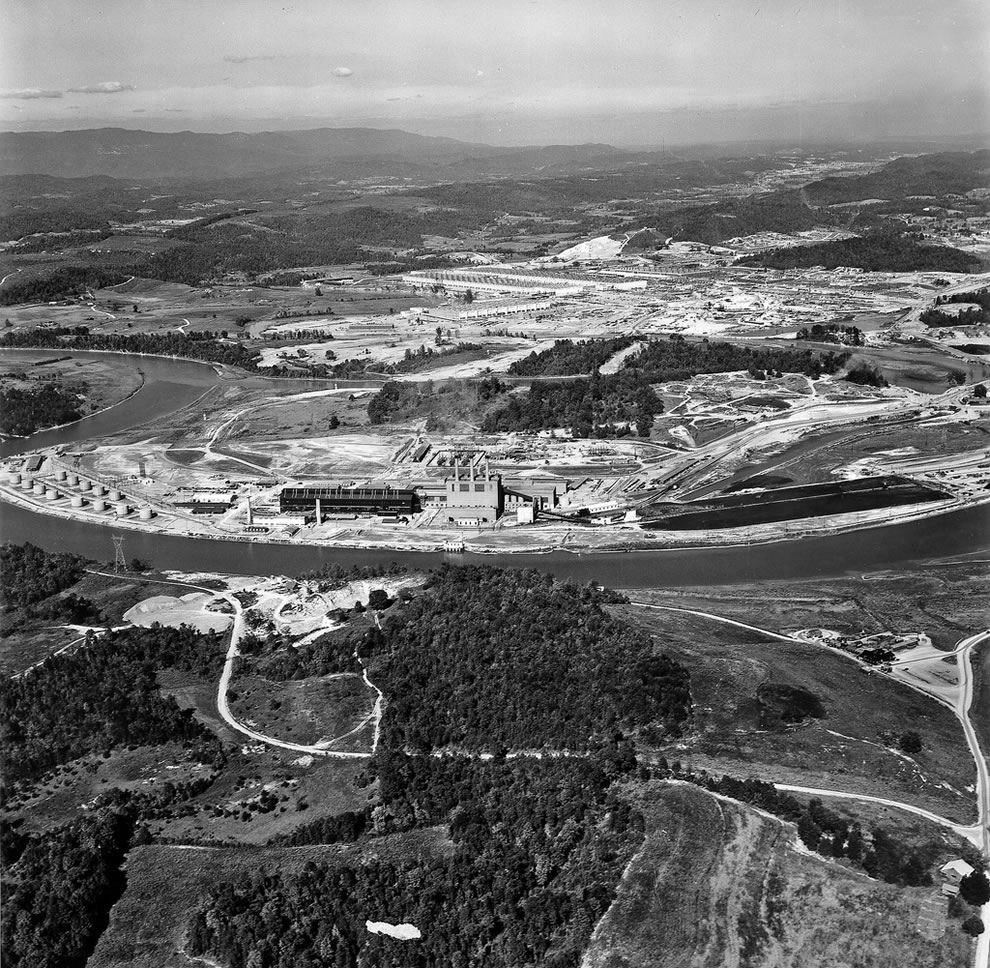Hymer Friedell was the deputy medical director of the Manhattan Engineer District at Oak Ridge. He worked closely with Robert Stone and Stafford Warren in studying the effects of radiation on the human body. He also led the team that surveyed Hiroshima after Japan’s surrender.
Early Life
Hymer Louis Friedell was born on February 6, 1911 in St. Petersburg, Russia. His family moved to Minneapolis, Minnesota in 1915. Friedell earned his M.D. in 1936 and Ph.D. in 1939 at the University of Minnesota.
He worked as a National Cancer Institute Fellow at Memorial Hospital in New York and at the University of California Hospital in San Francisco. At San Francisco, he worked with Robert S. Stone, who also later joined the Manhattan Project at Oak Ridge. Friedell also visited Berkeley, where he learned about the cyclotron and began to experiment with radiation treatment on leukemia patients.
Manhattan Project Involvement
Friedell enlisted in the Army in 1942. His first orders sent him to the University of Chicago’s Metallurgical Laboratory at the University of Chicago. There, he reunited with Stone, who also had been sent to Chicago.
In 1943, the Manhattan Engineer District (MED) began creating its own biomedical program and consulted with Friedell. Stafford Warren was named the director of the health division in March 1943. Friedell became his deputy and moved to Oak Ridge.
At Oak Ridge, Warren and Friedell oversaw the biomedical research of the Manhattan Project. Previously, Dr. Kenneth Cole was the only biomedical expert in the Manhattan Project, and Stone had been an on-and-off consultant. Leon Jacobson also joined their team as a hematologist, which was necessary for monitoring blood cell counts.
As Deputy Health Director, Friedell oversaw the human injection experiments that occurred at Oak Ridge, Chicago, Berkeley, and Rochester facilities. These experiments were devised to discover the unknown hazards of radioactive isotopes and their effects on workers.
Friedell also was part of the expedition that surveyed Hiroshima after the bombing. Warren and Friedell were selected to study the radiation effects on survivors because they were medical officers and radiation experts. They arrived on September 1945, with Warren’s team arriving at Nagasaki on September 17 and Friedell arriving at Hiroshima a little later on September 26, due to weather delays. Friedell’s team had about a week to complete their survey.
Post War Life
After the war, he joined the Atomic Energy Commission Advisory Committee on Isotope Distribution, and its subcommittee, the Committee on the Allocation of Isotopes for Human Use.
He also joined the faculty of the Western Reserve University in Cleveland. In 1946, he was named Director of the Department of Radiology, and in 1947, he became Director of the Atomic Energy Medical Research Project. Additionally, he was a member of the Executive Board of the Council of Participating Institutions of Argonne National Laboratory.
After he retired from the MED and AEC, Friedel served as chairman of the University of California School of Medicine Department of Radiology until 1978. Friedell retired from Case Western Reserve University in 1979. He died on May 10, 2002.
His oral history collected by the Department of Energy can be found here.
A collection of his archives are at the University of Tennessee.
For more on the radiation experiments, click here.





